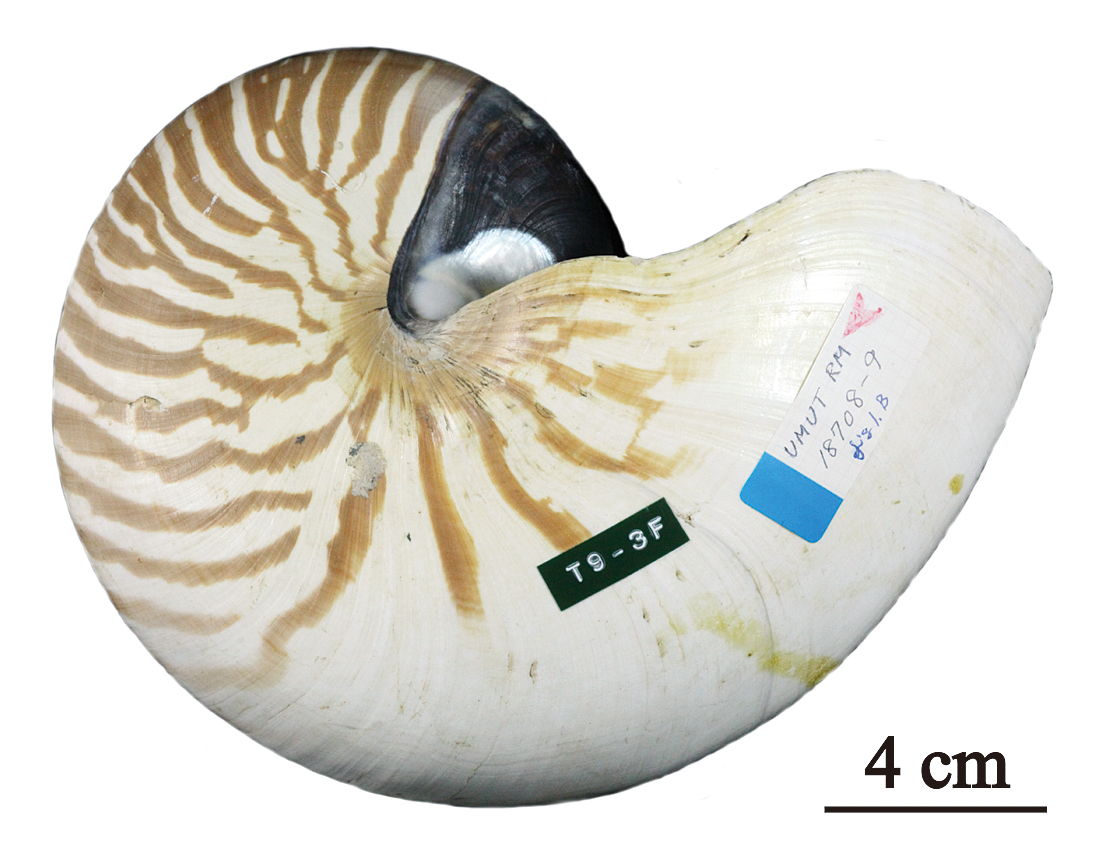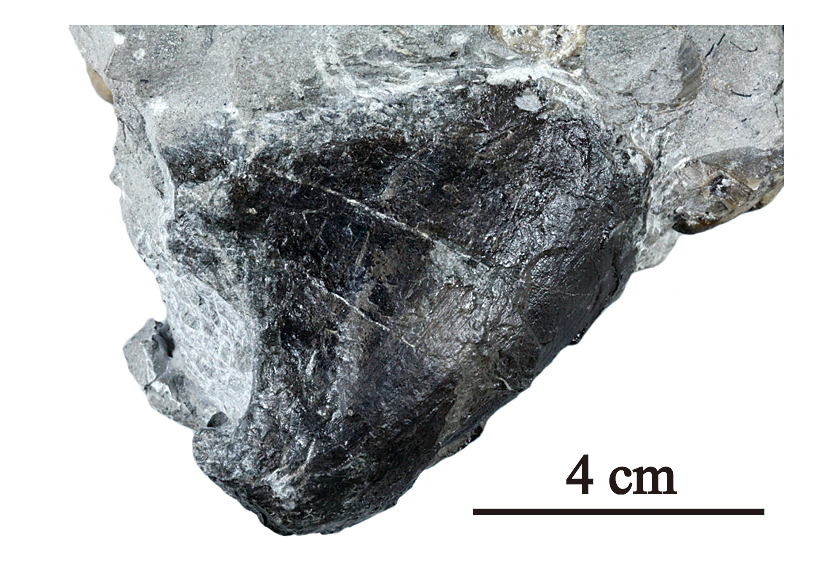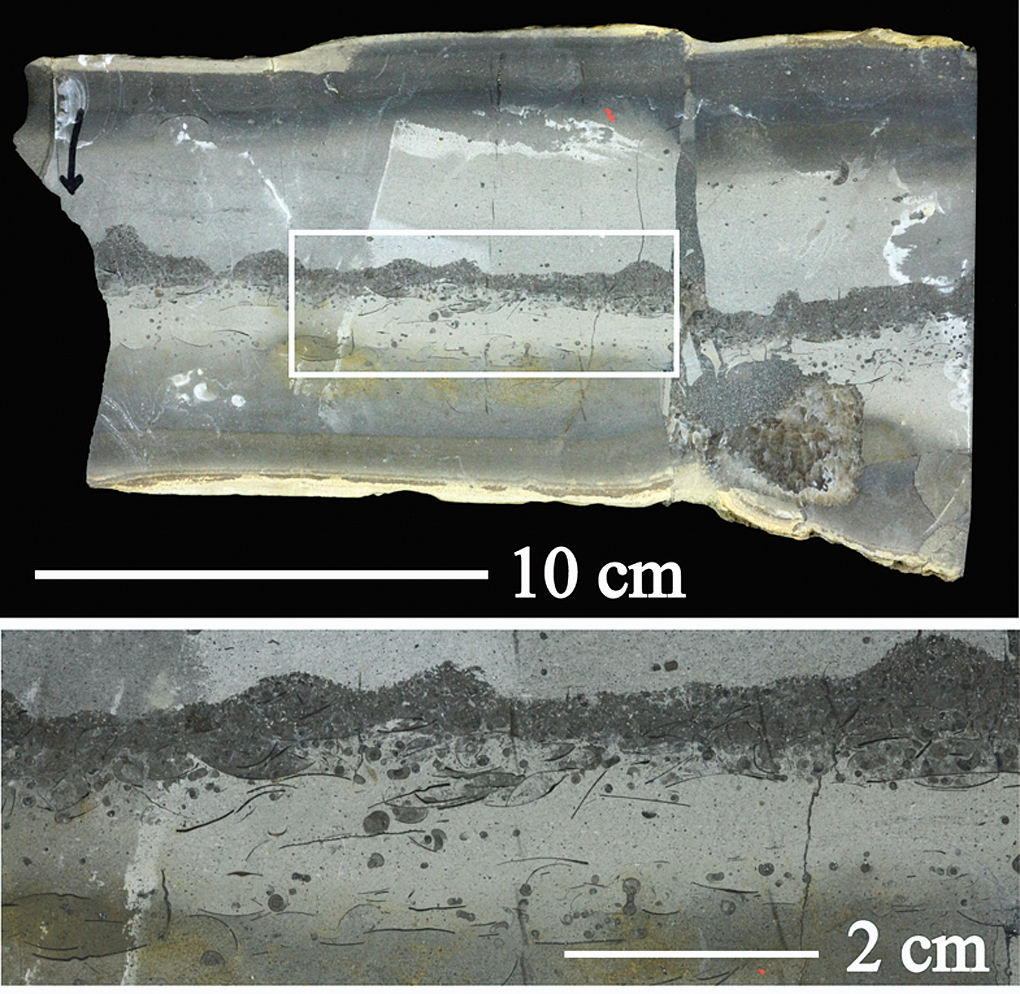D5
Paleobiology of Ceaphalopoda
Cephalopods include ammonites, belemnites, nautiloids, squids, cuttle fishes, and octopeses and comprise a large group of molluscs. The number of specie is only 800 in the Recent fauna, although their biomass is huge as important fishery resources. Species diversity is much higher in fossil cephalopds, and for example, there are more than 10,000 known species only in ammonites. The principle of paleobiology is to observe living organisms, find rules in morphology, and apply the rules to fossil morphology to understand biological background and reconstruct ecology. Living Nautilus is the best material to understand ammonite biology. Dr. Kazushige Tanabe has reported numerous important facts on living Nautilus and also discoveries of exceptionally preserved internal organs of cephalopods such as eggs, embryos, jaw, radulae and blood vessles. These represent a core collection from the 1990s to the 2010s. (Takenori Sasaki & Yasuhiro Ito)
References
Klug, C. et al. (eds.) (2015) Ammonoid Paleobiology: From macroevolution to paleogeography. Rotterdam: Springer.



